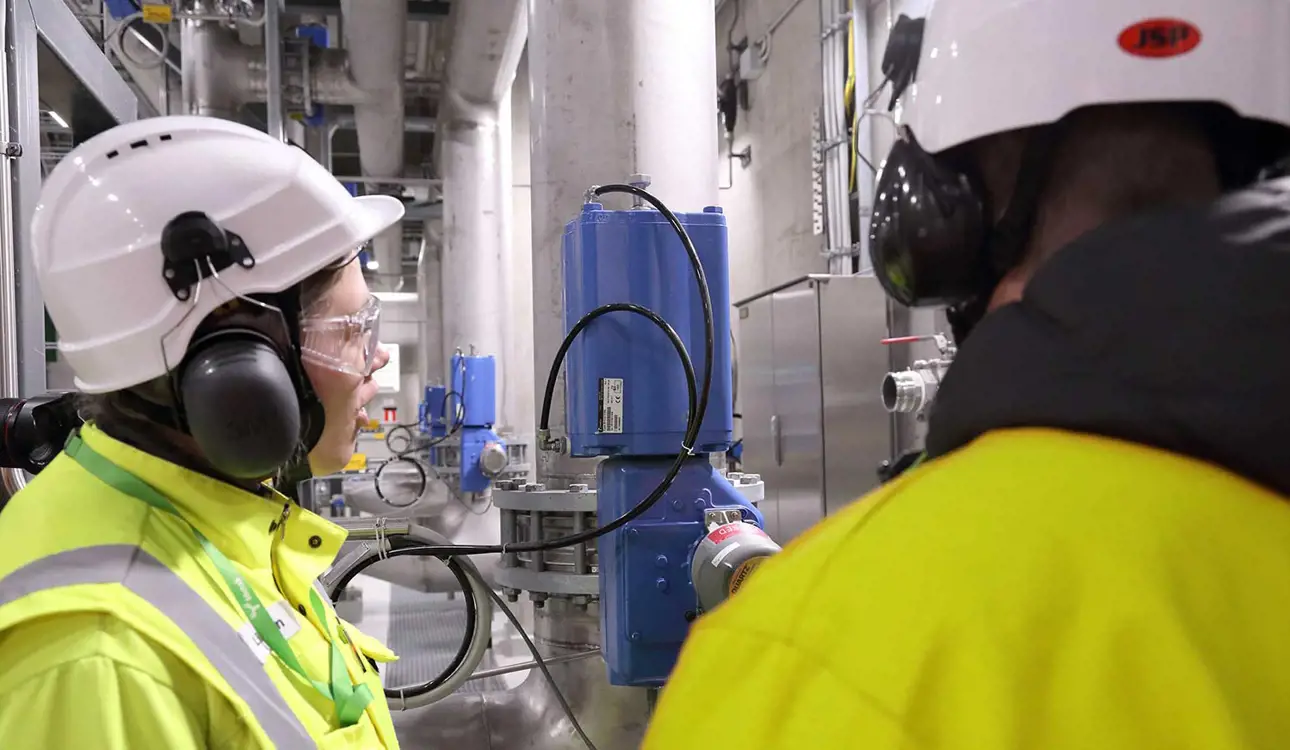Why flow capacity matters so much in pulp & paper

Valmet’s control valves sold under the Neles™ and Jamesbury™ brands offer some of the highest Cv-values available on the valve market today. These magical values translate into very concrete benefits for the pulp, paper and board processes our valves serve.
Consistency means greater quality and yield
When we talk about control valves, the obvious first objectives are accuracy, consistency and high quality. With the right valve assemblies at your service, you can rest assured that the yield and output quality of the process are optimized. This means that the end product is of high quality in terms of tactile strength, brightness and other important factors, which in turn reduces the amount of process waste and obsolete production. This ultimately translates into improvements in material efficiency, product output and energy efficiency.
Cv-values drive valve selection and sizing
But how do higher Cv-values deliver benefits that set our valves apart from others? This is an extremely important conversation that should ideally happen already way before selecting valves and vendors. It is often a matter for when you are defining the specs for the valves you want installed into your process. With our valves it is often possible to achieve the desired flow with a valve that is smaller than what has been specified. Sizing down can deliver considerable savings on several different fronts, which brings into question whether size is always the relevant spec we should be working towards.
Energy savings with greater flow coefficient
The incurred savings of sizing down are a direct result of higher Cv-values. So, what does it mean in terms of economics if you can achieve the same capacity and consistency with a smaller valve? A smaller valve is often less expensive already in unit price, but the bigger difference that carries across the valve’s entire lifespan is found in energy efficiency and lower energy consumption. With smaller valve sizes throughout, pumps in the process are not required to use the same amount of energy to sustain the same capacity and even flow. Also, a smaller valve typically requires a smaller actuator, which again reduces compressed air consumption.
The compound effects of better Cv ad up quickly
Obviously, one valve alone can’t make a sizable difference in terms of creating savings related to purchase price or energy savings, even if it is in active service for multiple decades. But when you factor in that your average pulp or paper process can consist of up to 3,000 individual valves, the compound effects quickly add up. Suddenly unit price becomes a matter of interest again. So too does the potential energy savings over the entire installed base’s long lifetime. With the right control valves by us you will be making savings every single day. At the same time the environmental performance of your process will improve.
Committed to serving our pulp & paper customers
Our control valves have been designed specifically with your industry, process and flow media in mind. We have a long and rich history of producing reliable, accurate and field-proven valve solutions for the production of pulp, paper, board, tissue and many other wood-based bioproducts. The same can also be said about our dedicated global service presence. We are committed to transferring the benefits associated with our experience and expertise over to our customers and their industrial processes around the world.


